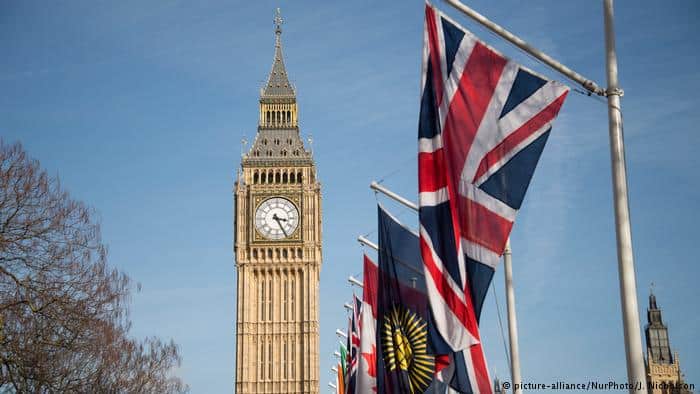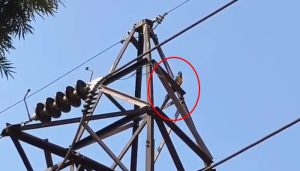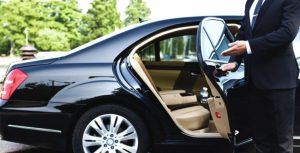LONDON – Britishers are casting their votes on Thursday in snap elections to elect their next head as it leaves the European Union.
Conservative Prime Minister Theresa May, who rose to power without a national vote last year after David Cameron’s resignation following the BREXIT miscalculation, called the election three years early after just one year in charge.
Parties Contesting
Five parties are in the run to muster public support in a bid to steer the European country currently reeling after spree of terror attacks.
Conservatives (centre-right), led by Theresa May
Labour (left), led by Jeremy Corbyn
Liberal Democrats (centre-left)
UK Independence Party (populist)
Greens (left)
Hot Favourite
Political analysts are of the view that a cut-throat competition is expected between outgoing premier Theresa May and Jeremy Corbyn.
According to Electoral Calculus, Ms May would be able to get 362 seats in the Commons, 31 more than her party currently enjoys, while Labour would be left with 212, 20 fewer than they have now. The projection also suggests the Lib Dems and Scottish National Party would lose seats.
Voting Schedule
The polls opened at 7:00 am (0600 GMT) and would continue until 10:00 pm (2100 GMT) on June 8. There are around 47 million registered voters who are given choice to make their voice impactful however voting is not compulsory.
British, Irish and Commonwealth residents aged 18 and over can vote, plus British citizens living abroad who have been registered to vote in the UK within the last 15 years.
Constituencies and Candidates
There are 650 constituencies in the UK with the major parties putting forward candidates in the vast majority of these areas.
A comparison of candidates put forth by parties in 2015 and 2017 is as under:
| Party | 2017 | 2015 |
| Conservative | 638 | 647 |
| Labour | 631 | 631 |
| Liberal Democrats | 629 | 631 |
| Green | 464 | 573 |
| UKIP | 378 | 624 |
| SNP | 59 | 59 |
| Plaid Cymru | 40 | 40 |
Pakistani’s Contesting Elections
More than 40 men and women of Pakistani origin are taking part in the Britain’s general elections and so the community residing in Kingdom is much excited about the day.
Of these, around 31 are from the mainstream parties such as Labour, Conservatives, Liberal Democrats while the rest are from smaller parties or contesting as independents.
According to a report by The New, Labour Party has given tickets to 13 British Pakistanis; Liberal Democrats to 11 candidates; six candidates for the Conservative; one from Scottish National Party (SNP); three for the United Kingdom Independence Party (UKIP) and one for the Green Party.
Who Forms the Government
From a total 650 constituencies, any political party would need at least 326 seats in House of Commons to form a government. If a single party fails to grab such constituencies, a hung parliament would be formed.
In case of hung parliament, three options are still available:
- Two or more parties can combine their numbers and form a coalition government, like the Conservatives and Liberal Democrats did after 2010’s election.
- A minority government can be created. The last time the UK had a minority government was in 1996. A minority government is generally not seen as preferable because the government can not green light laws (fairly) easily in the House of Commons.
- The UK can have another election, in which case the whole process will start again.
Post-polls Development
After the polls close, voting will begin and by dawn on June 9 the picture of victorious party would emerge clearer.
Queen Elizabeth II would then asks the person most likely to command the confidence of the Commons to become prime minister and form an administration.
On June 13, a session of parliament would elect speaker of the house and swearing in ceremony of MPs would be done, the same day.
The state opening of parliament by Queen Elizabeth would take place on June 19, when she will put forth her government’s programme for the coming parliamentary year.














